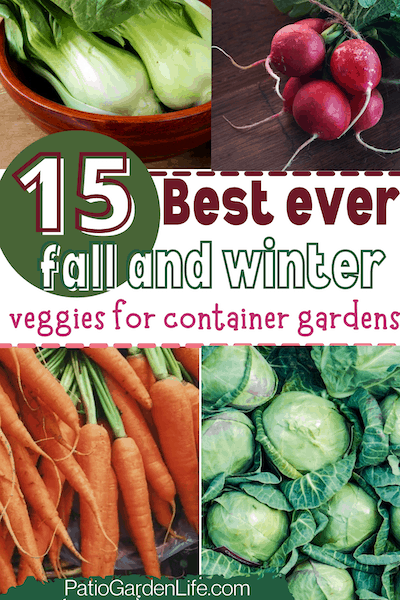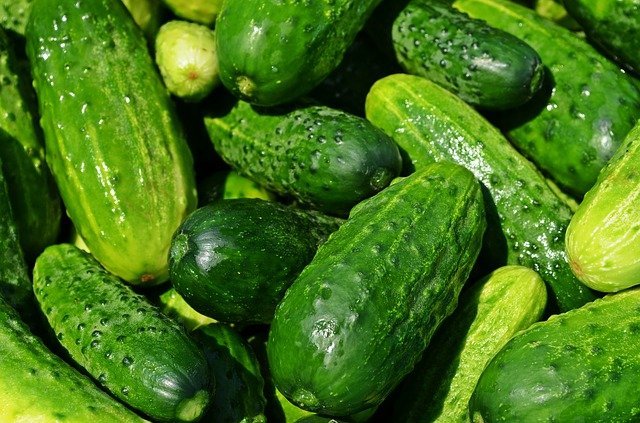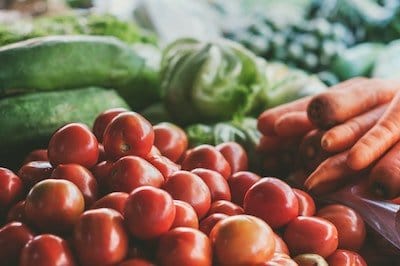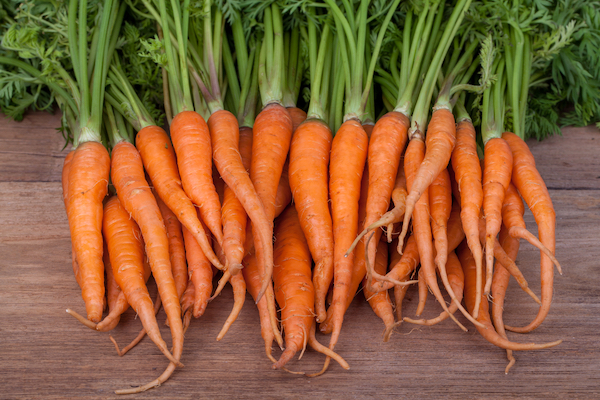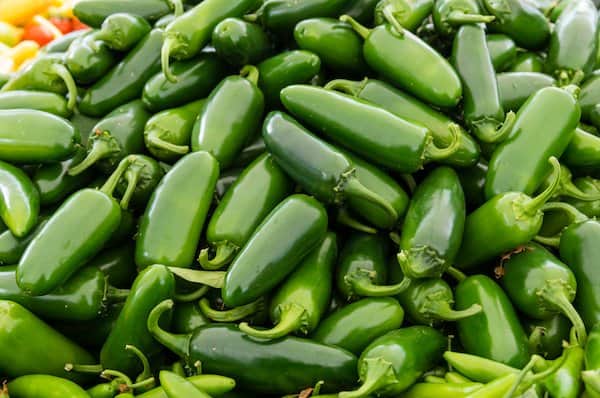Fall and winter vegetables for container gardens
After the excitement of starting a spring garden and the long, lush summer growing season … it’s time to think about fall and winter vegetables!
Plenty of cool-weather veggies thrive in fall temperatures. In warmer zones that don’t see much frost, like zones 8-10, you can grow many vegetables year-round.
The cooler seasons are also the best time to grow veggies that aren’t heat tolerant. Celery, for example, lives its best life in spring and fall but can’t survive heat.
Here’s a list of the best vegetables to grow in fall, so you’ll have at least a little fresh homegrown produce in the cool season!
This post may contain affiliate links. If you buy something through these links, we may earn a small commission at no cost to you.
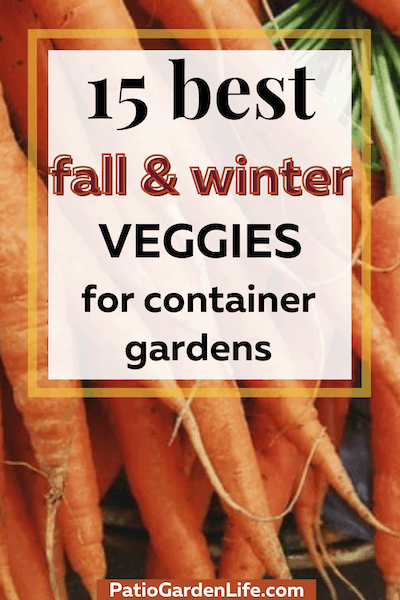
When to plant fall containers
In general, most fall-harvest vegetables should be started in late summer. They need enough time to get established and start producing during that sweet spot between the heat of summer and the cold and frost of winter.
When possible, look for faster-growing varieties to make the most of that fleeting cool season. Many seed retailers and seed packets will also note if a specific variety is good for containers.
What’s great is how many of these plants can keep on giving! Lettuce, spinach, collard greens and kale can all be continually harvested for fresh use and will regrow as you go.
For fall and winter vegetables that do well in cool weather but don’t love heavy frost/freezes, look for maturity dates and count backward.
Make sure you’re planting them in time to beat those first frost dates.
For those of you in subtropic zones 9-10, you can grow just about anything year-round since you don’t get frost or freezes. However, some of these cool-season veggies might need cooler temps than your winters provide.
Always be sure to check specific requirements for the varieties you want to grow.
If you’re not sure about frost dates in your area, check out the First and Last Frost Dates Calculator.
Let’s get to the list!
15 best vegetables to plant in fall
Beets
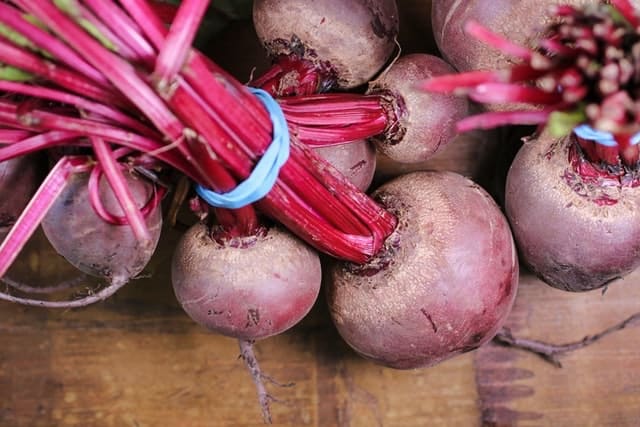
Beets need about a month to get established before first frost, so aim to plant seeds about 6 weeks before your first expected frost date. They like cool weather and if you plant too many seeds for your container, you can enjoy the tender greens before you thin the sprouts (start thinning when they reach about 6 inches tall). Full maturity in 50-75 days. Seeds can be slow to germinate, so you can soak them before planting. Watch for aphids.
Recommended variety: Early Wonder Organic Heirloom Beets
Bok choy
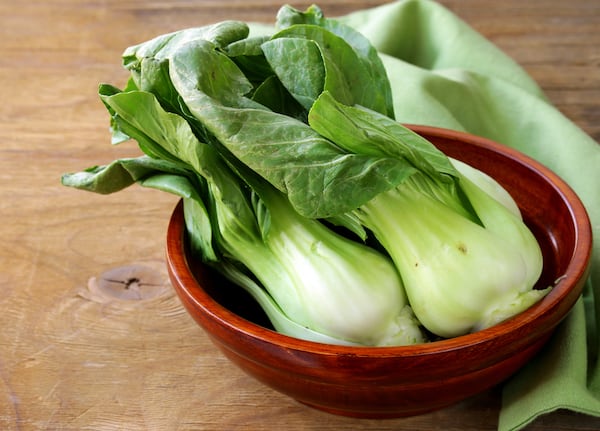
Bok choy is good for succession planting, as well as re-sprouting if you leave the roots in the ground. You need anywhere from 35-60 days after germination to get a good harvest. Watch that you select a compact variety if your container is on the smaller side, and keep in mind that they will bolt to seed if exposed to frost too early.
Recommended variety: Baby Choy Bok Choy
Cabbage

Cabbage isn’t the easiest on the list, as it’s picky about temperature, susceptible to pests and a heavy feeder that needs a lot of nutrients. Cooler zones can start from seed or transplants in mid-summer, but warmer areas should wait until about two months before the first expected frost. Watch for slugs, cabbage worms and other pests and get them as soon as they appear.
Recommended variety: One Kilo Slow Bolt Napa Cabbage
Carrots
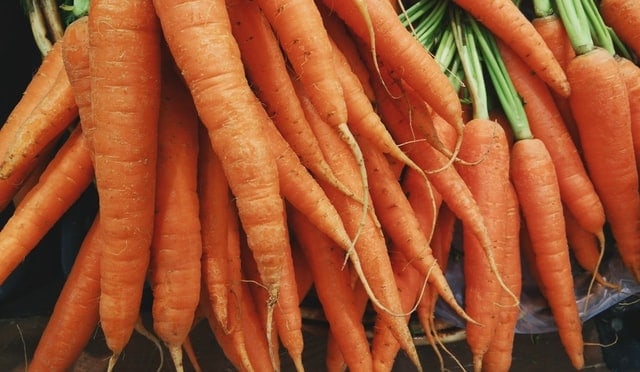
If you have pots that are at least 12 inches tall, give carrots a try. They take 50-75 days to harvest, including a few weeks to sprout. They also need loose soil to gain a good-sized, edible root, so take special care with your potting soil! Watch for carrot rust fly, weevils and nematodes. If you reuse potting soil, it’s important to rotate carrots as these pests can remain in the soil from season to season.
Recommended variety: Little Finger Carrots
Cauliflower
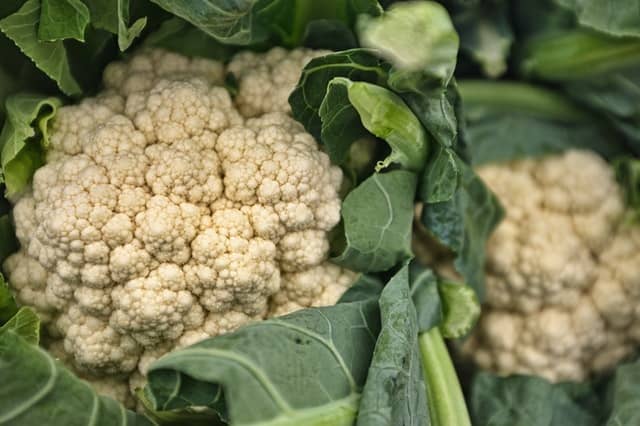
Cauliflower likes cooler weather, ideally in the 60s. Make sure and keep the soil moist to stop the cauliflower from being bitter. They won’t form their heads in hot weather, but they also don’t handle frost, so finding the sweet timing spot is crucial. Start 6-8 weeks before first frost, once temperatures are consistently under about 75 degrees.
Recommended variety: Organic Snowball Cauliflower
Celery
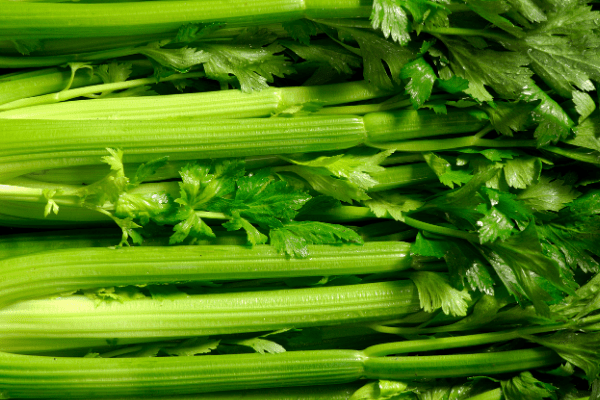
Celery takes 90-130 days from germination to harvest, so it can be hard for warmer zones to fit it in. Sow transplants 10-12 weeks before first frost and keep the soil light and fluffy, as with carrots. They also require plenty of water and fertilizer, and a blanching process. If you love celery though, it is certainly worth the trouble! Read my in-depth post about growing celery in pots for all the details.
Recommended variety: Utah Organic Heirloom Celery
Collard greens
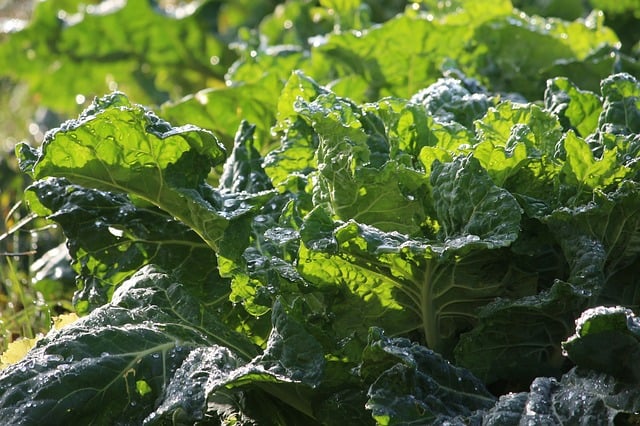
Collards take just 55-75 days to harvest, so they’re a great option when you’re looking for something quick to grow. Cool weather sweetens these greens, and they are really tender when young and small — so don’t be afraid to plant a lot of seeds. You can eat them to thin the crop as they grow, until you reach desired spacing. Plant them 6-8 weeks before first frost.
Recommended variety: Georgia Southern Collards
Green onions
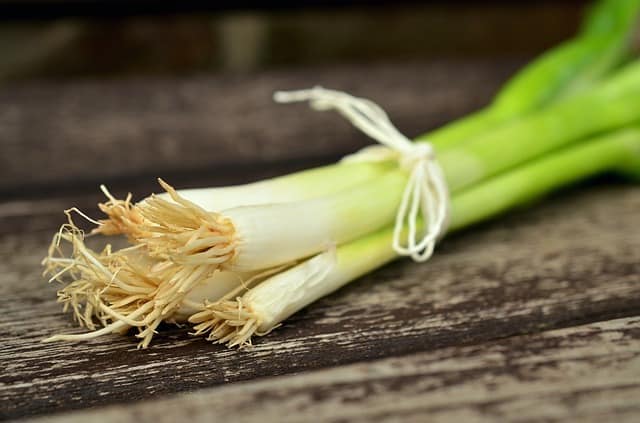
Green onions are technically perennials, but not necessarily when grown in containers and in cold regions. They do prefer the air to be between 68 and 78 degrees F, and you can plant new seeds every 3-4 weeks when temperatures are in that range. They take 60-80 days to harvest, so be sure your final planting will be done before first frost.
Recommended variety: Tokyo Long White Bunching/Scallion Onion
Kale
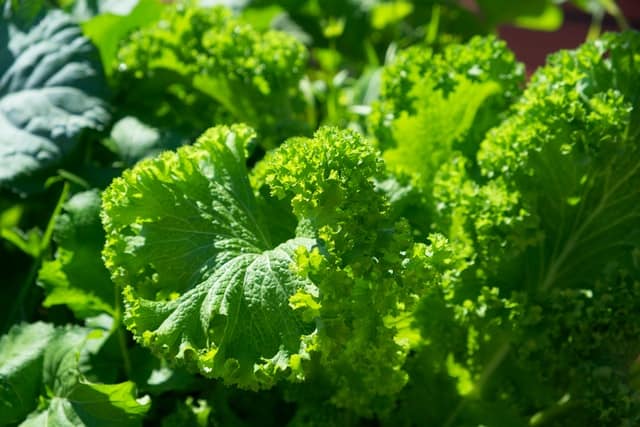
Winter kale is much sweeter than summer kale, and it’s even sweetened with a bit of frost. You can continually harvest leaves and let the rest of the plant keep growing, which makes it ideal for containers! Direct sow your seeds about three months before your first frost. Kale is part of the cabbage family, so watch for pests and rot.
Recommended variety: Red Russian Kale Baby Greens
Leeks
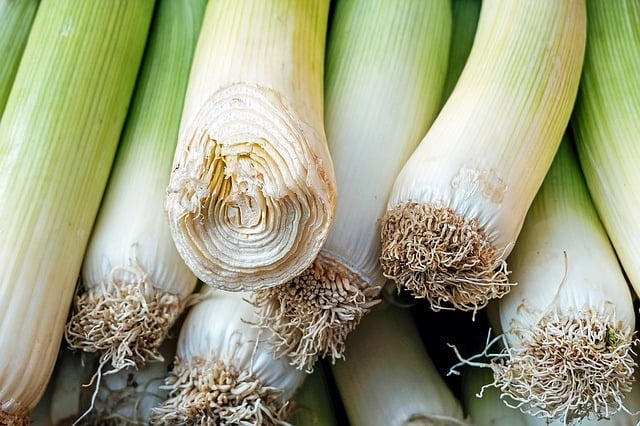
You can direct seed leeks in late summer to harvest through winter and early spring, as they are very cold-tolerant. Watch for diseases like blight and pests that like onions, and remove damaged plants before the issue spreads. They are easily blanched by adding more soil as they grow taller, to have a delicious “root” for soups.
Recommended variety: King Richard Leeks
Lettuce
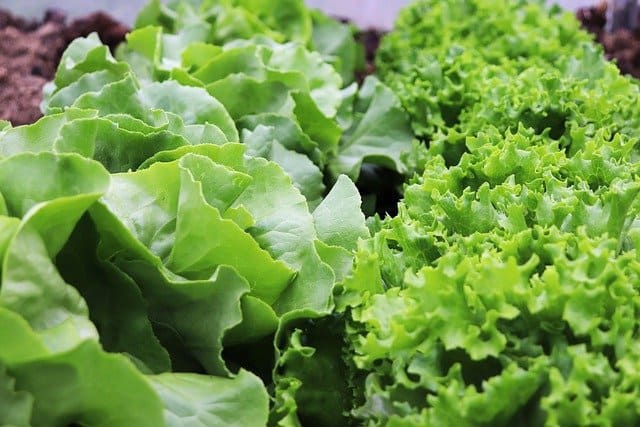
Lettuce likes cool and damp conditions, but the seeds prefer to germinate when the air temperature is around 70. It also matures quickly for succession planting and harvesting. Check the seed packets of many varieties, as you will find some that take just 35 days and others 70, giving you a lot of options for timing.
Recommended variety: Buttercrunch Butterhead Lettuce
Peas
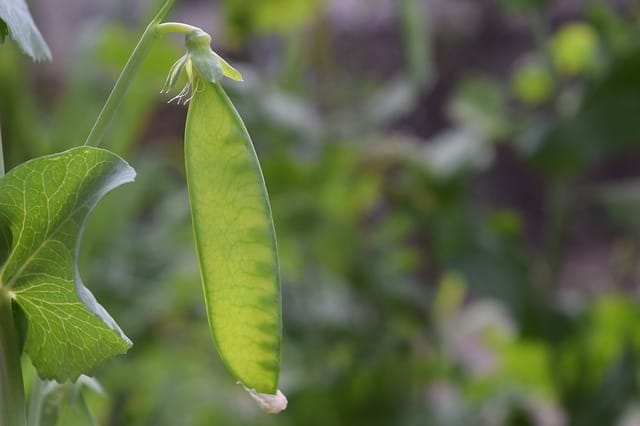
Peas like full sunlight and moist soil, and they also enjoy cool weather. That makes them the perfect container plant for fall. They take just 60-70 days to maturity from seed, so you will be able to enjoy fresh peas in both spring and fall! Peas are very easy to fertilize when planting, and then don’t need much attention beyond water.
Recommended variety: Sugar Snap Peas
Radishes
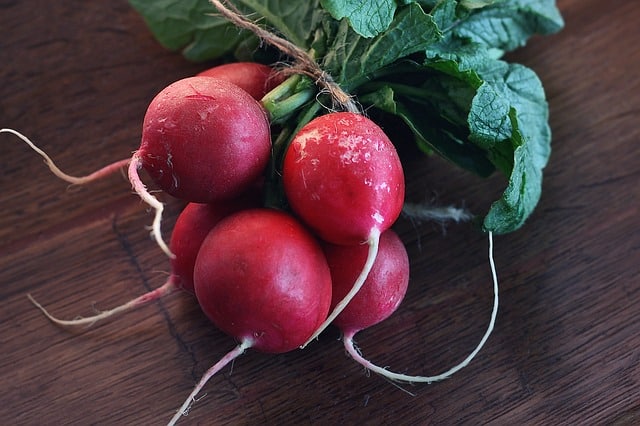
Classic round, red radish plants are ready to harvest in as little as 25 days, and they enjoy cool weather. In hot temperatures, they can get woody and even have hollow centers. Because they grow so quickly, they don’t need fertilizer beyond rich potting soil when planting. Containers are also a way to avoid root maggots.
Recommended variety: Cherry Belle Radish
Spinach
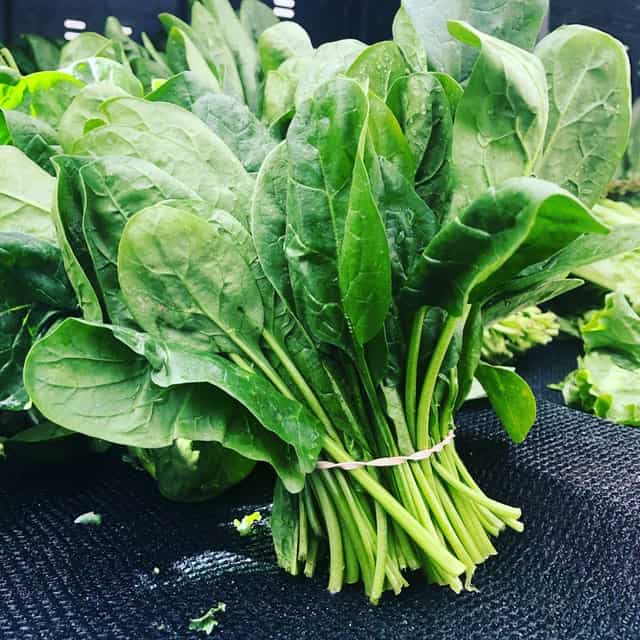
Spinach is a heavy nitrogen feeder, so keep that in mind when preparing your soil. Spinach needs just 4 to 6 weeks to be salad ready, so you can continually plant and harvest right up until frost. If you leave about an inch of plant when you cut your leaves, it will very likely continue producing and give you more delicious leaves. Plenty of animals will try and eat your crop … so you might need to keep it protected with garden netting or a bit of chicken wire.
Recommended variety: Lavewa Spinach
Swiss chard
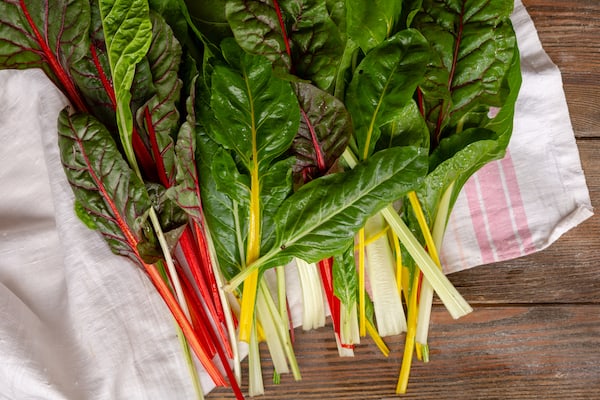
Plant Swiss chard about six weeks before first fall frost. It prefers full sun, and take care to mulch well to retain moisture. Chard takes 50 to 60 days to harvest and will fill in with more leaves as you harvest the outer ones. They have shallow roots, so no need for huge pots but take care not to crowd them.
Recommended variety: Apple Blossom Swiss Chard Blend
If you’re primarily a summer gardener, consider growing some of these fall and winter vegetables this year to expand your season and experiment with new varieties.
More ideas for container garden inspiration:
- How to grow cucumbers in pots
- Growing pumpkins in containers
- Growing zucchini in containers
- Growing okra in pots
- How to grow parsley in a pot
- How to grow chamomile in a pot
- How to grow green beans in a pot
- Fertilizer 101 for container gardens
- Potting soil 101 for container gardens
There are so many great fall and winter vegetables that do well in cooler weather. Hopefully this post gave you some fall container vegetable garden ideas! Let us know your favorites in the comments!
